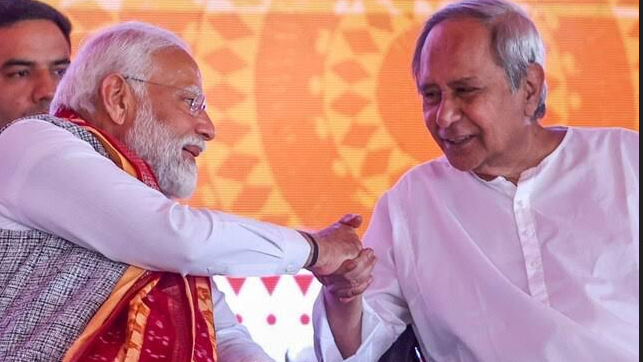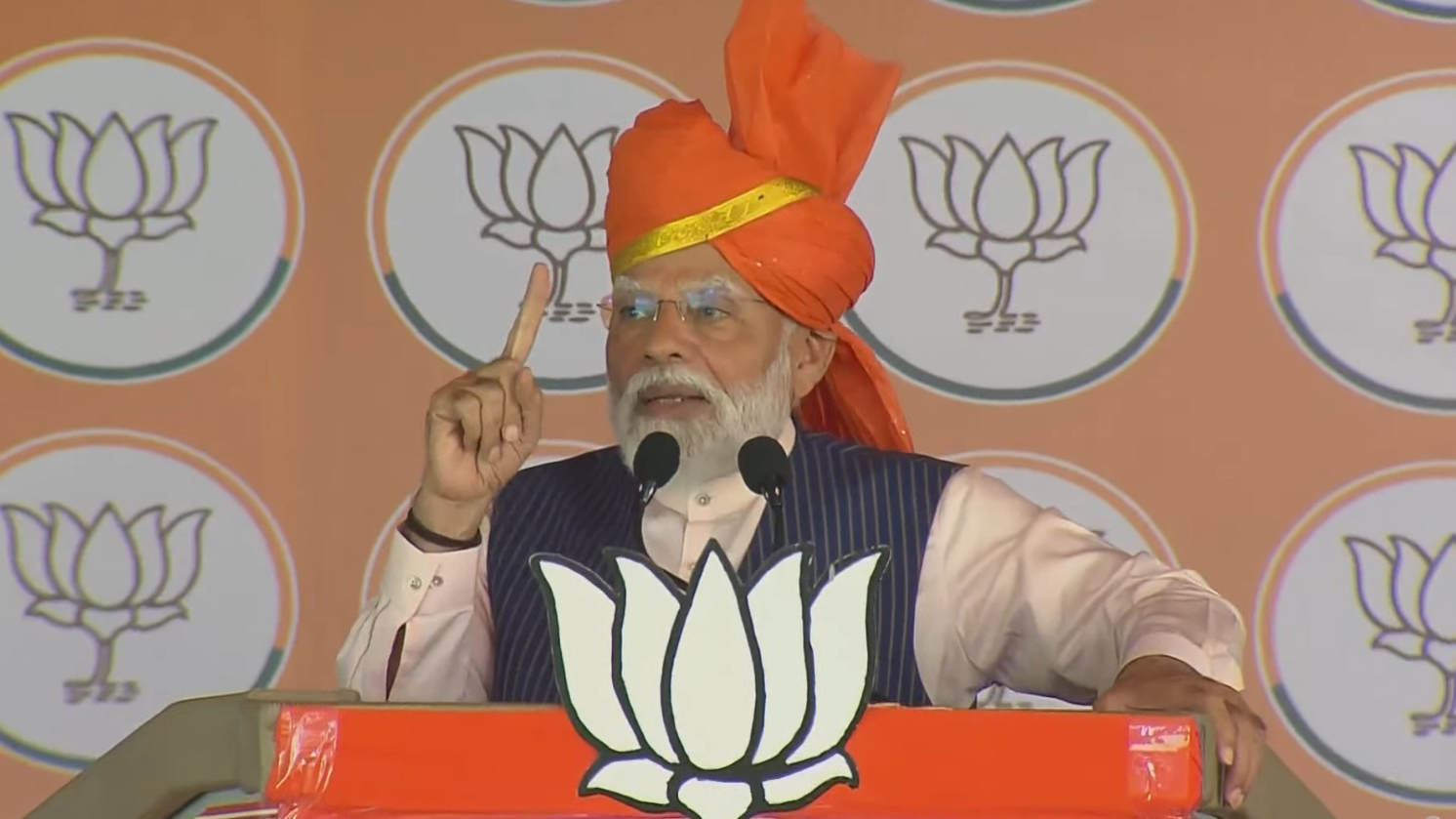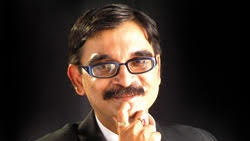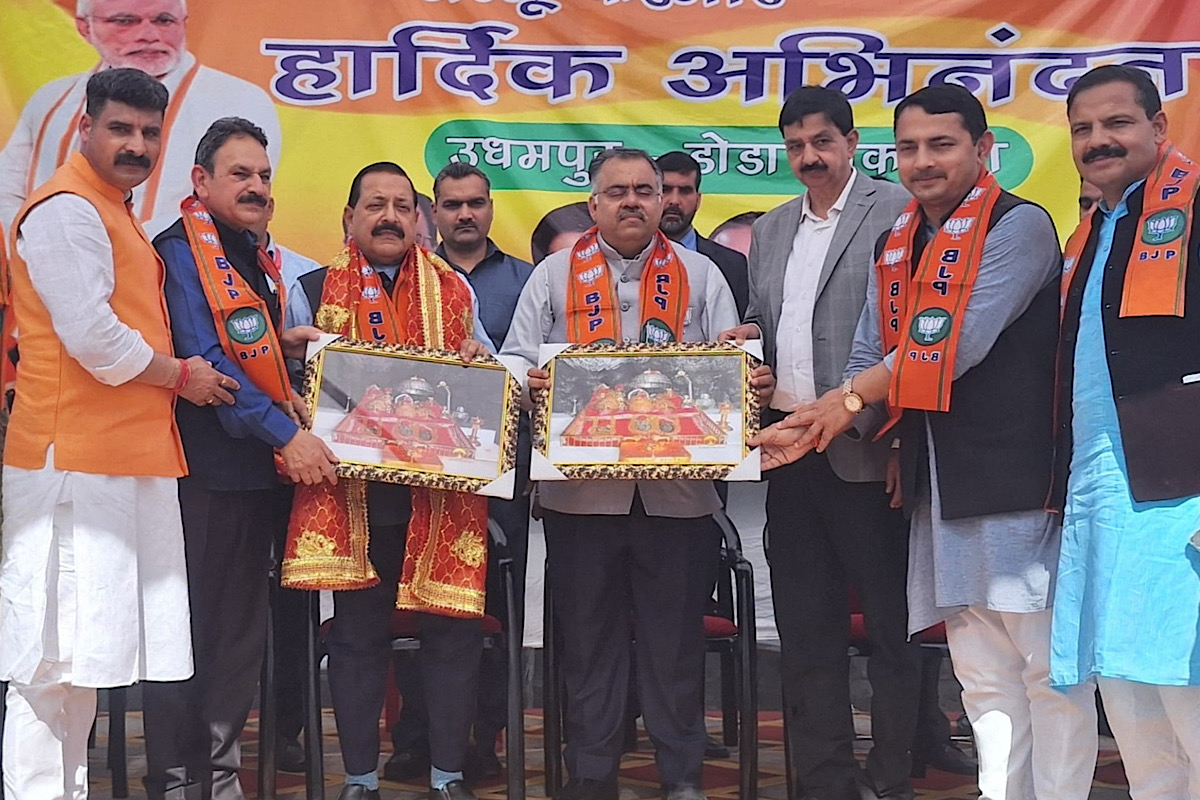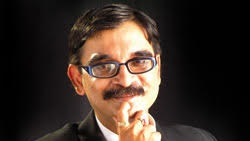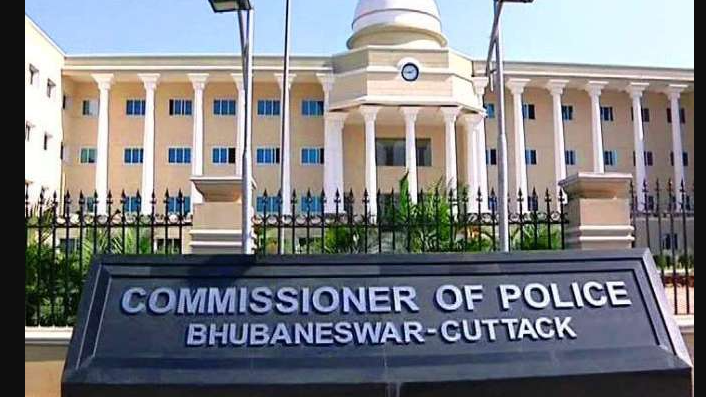The Banking Sector Interconnectedness

A financial system is theoretically supposed to be intricately interconnected, and ripples in one constituent can have domino effect, many a time randomly and unpredictably, on the other constituents as well as the entire system. The banking sector interconnectedness has increased over time owing predominantly to the interplay of financial and technological innovations mutually reinforcing each other. These innovations have proved to be both boon – when properly managed - and bane – when mismanaged Dr Manas R Das A financial system comprises (a) financial instruments, (b) markets, (c) intermediaries and last but not least (d) customers. A sound financial system ensures sound financial development which ultimately results in good economic growth. Further, within financial systems, all the four constituents mentioned above are interrelated and governed by various laws and practices (local, cross-country and global), information and behaviour. The quintessential role of ‘information’ in shaping the financial systems has been increasing stupendously day by day. Moreover, money, being the means of payment, unit of account and store of value, serves as the common thread in the garland of the financial system. In addition, money is fungible. Thus, a financial system is theoretically supposed to be intricately interconnected, and ripples in one constituent can have domino effect, many a time randomly and unpredictably, on the other constituents as well as the entire system. The interconnectedness has increased over time owing predominantly to the interplay of financial and technological innovations mutually reinforcing each other. These innovations have proved to be both boon – when properly managed - and bane – when mismanaged. For instance, today, digital transactions have become highly cost-effective, fast, efficient, secured and convenient besides spurring all-round economic activities. At the same time, when the risks associated with the highly leveraged structured finance were not suitably managed or mitigated, those threw up the 2007-09 crisis. Financial interconnectedness and the contagion emerging therefrom in the event of a crisis are different from those of the real sector. An in-depth analysis of theory and evidence of financial contagion concludes that in comparison to other industries, absent explicit, ex ante crisis prevention measures, financial contagion is much more pernicious. The Indian Context Chart 1 illustrates the interconnectedness among the scheduled commercial banks. The degree of interconnectedness, as measured by the connectivity ratio, has been gradually declining over the last few years.Between 2012 and 2020, the ratio fell by eight points. The cluster coefficient, which measures local interconnectedness (i.e., tendency to cluster), has remained, by and large, unchanged over the last five years. However, during 2012-20, the ratio fell by nearly two points.At Mar-end 2020, there were four dominant banks, which is in sync with the pattern observed during the last five years. The dominant banks are normally the bigger public and private sector banks. {"id":80748,"width":598,"height":403,"sizeSlug":"large"} Concluding Remarks With a view to ameliorating the risks emanating from interconnectedness and contagion, basically two types of approaches are followed, in sequence or in tandem. These are (a) Crisis Prevention measures and (b) Crisis Resolution measures. Here, ex ante measures are preferred to ex post measures. The Crisis Prevention measures, inter alia, include: proper risk management practices,maintenance of safety and soundness based on prescribed capital standards as capital provides the cushion against shocks, minimization of non-performing assets or activities, operational transparency,usage of good accounting principles and methods, sound corporate governance,safety net mechanisms like ex ante, explicit deposit insurance facility and efficient information dissemination mechanisms. In the area of risk management, the technological risk has,of late,become overpowering with cyber frauds/crimes becoming frequent. Even the central banks are falling prey. Similarly, social media becomes a menace, especially when it is used to spread rumours even when the system suffers from slight congestion. Crisis Resolution measures revolve around taking steps to minimize the after or side effects of a crisis. These,inter alia, include: immediate funds support either by the government or central bank (e.g.,lender-of-last-resort function) in the case of liquidity shortage, early and least-cost failure resolution, criminal action against the crisis perpetrators, confidence building measures among the players and customers, and building emergency firewalls between the segments of the financial system. However, all the actions are to be initiated and enforced with alacrity. Finally, if the crisis prevention requires some inefficient units to be jettisoned,it must be done before the weeds dirty the entire pool. This will not only let the existing sound units to perform more efficiently but also allow more efficient units to enter the system, which in turn will improve the systemic efficiency. India has an elaborate and highly effective system of both the kinds – within the individual players like banks as well as at the level of regulators and supervisors such as RBI, SEBI, IRDAI and PFRDA. Moreover, at the apex level, there is FSDC and last but not least, the government. There are SROs also like IBA, FIMMDA and AMFI. Nevertheless, customer discipline on banks is extremely important. About the Author:Dr. Manas R. Das is a former senior economist of State Bank of India. He has over 30 years of experience as an economist in two large commercial banks. Academically, he is a gold medallist in Bachelor of Arts with Economics Honours from Utkal University, followed by Master’s in Economics from Delhi School of Economics and Doctorate in Economics from Gokhale Institute of Politics and Economics. He is also a Certified Associate of Indian Institute of Bankers. He has won several awards, besides being a prolific writer.
Latest News

10 quintals of cannabis seized, 2 peddlers hel...

Drugs worth Rs 3.5 cr concealed in pumpkins se...
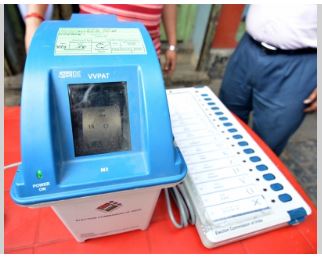
Supreme Court's verdict on pleas seeking manda...
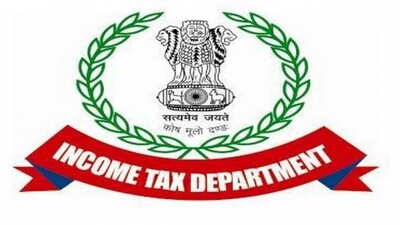
Deadline for filing 10A/10AB forms extended up...
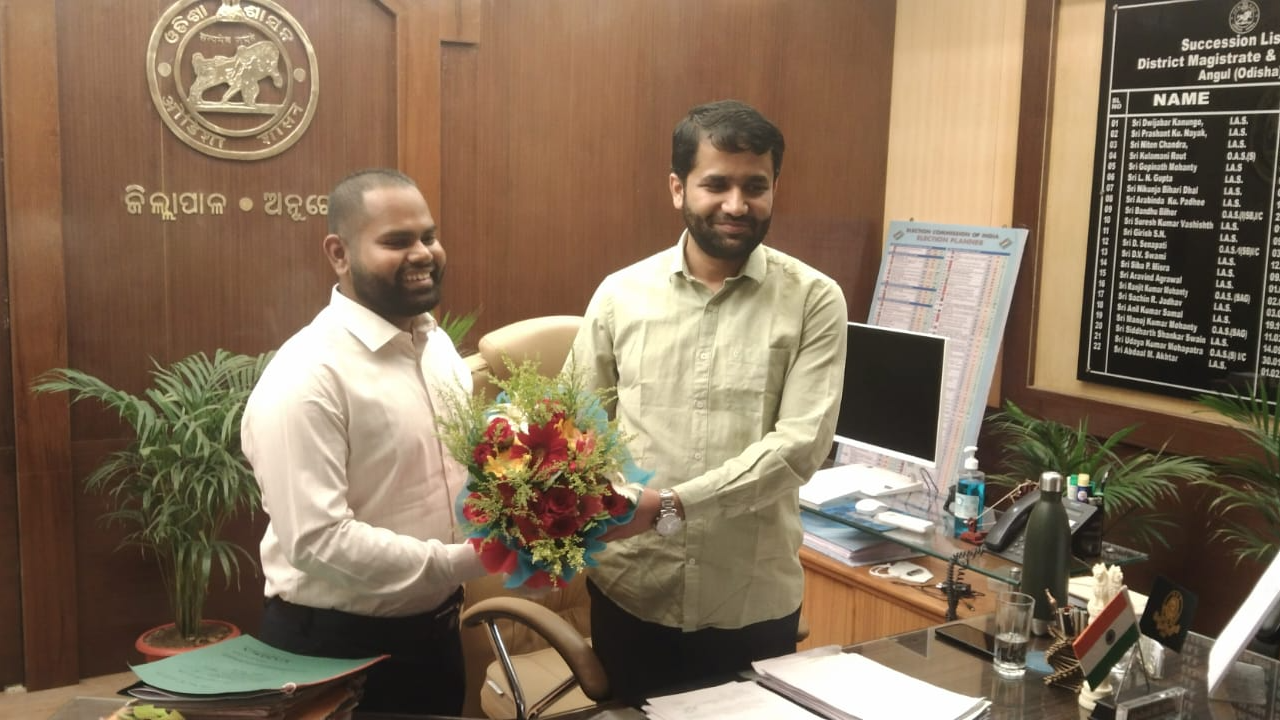
DM & Collector Angul felicitates IAS achiever...

Odisha: Expelled Congress leader Sura Routray’...

Kohli, Patidar hit fifties as RCB reach 206/7...
Copyright © 2024 - Summa Real Media Private Limited. All Rights Reserved.










